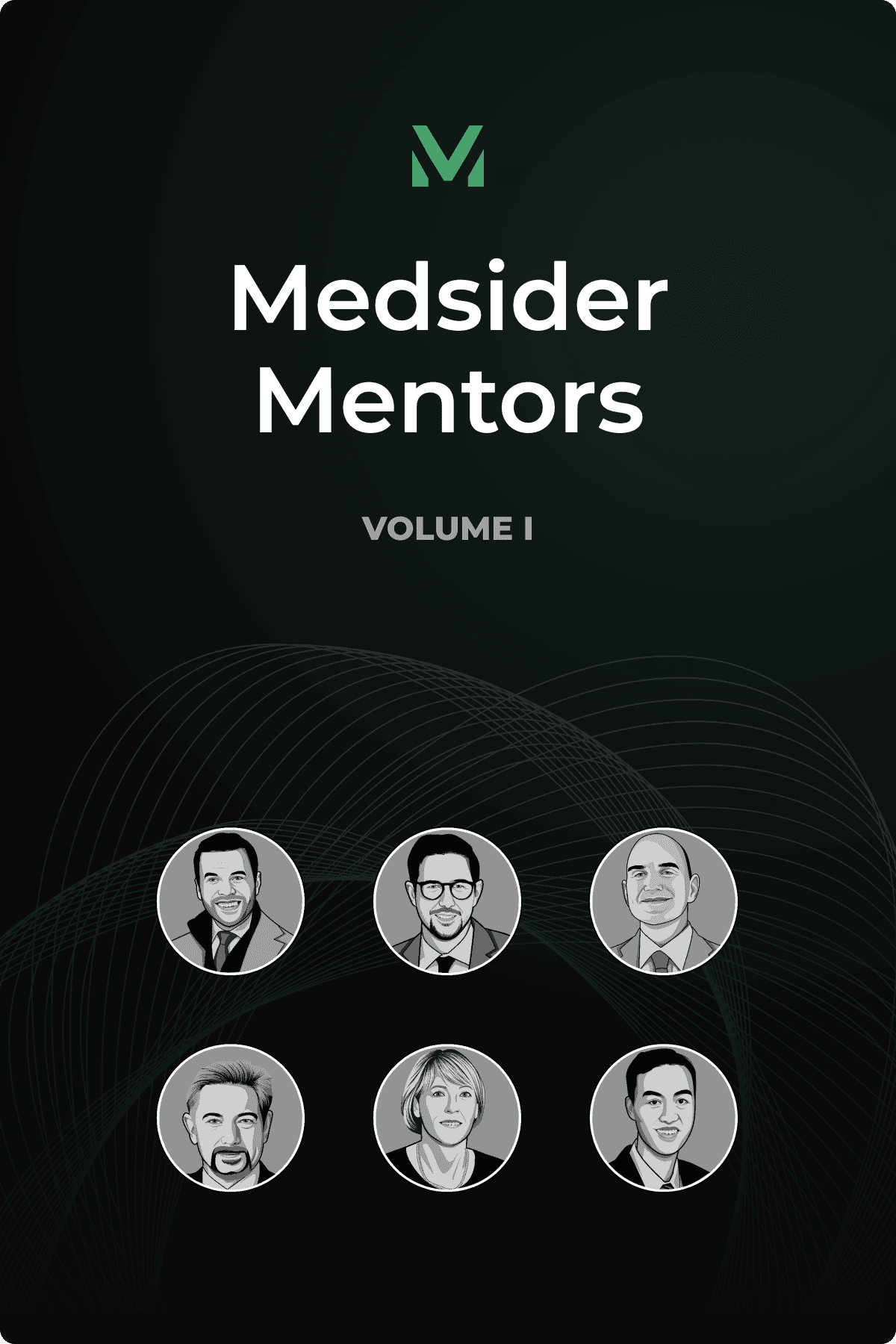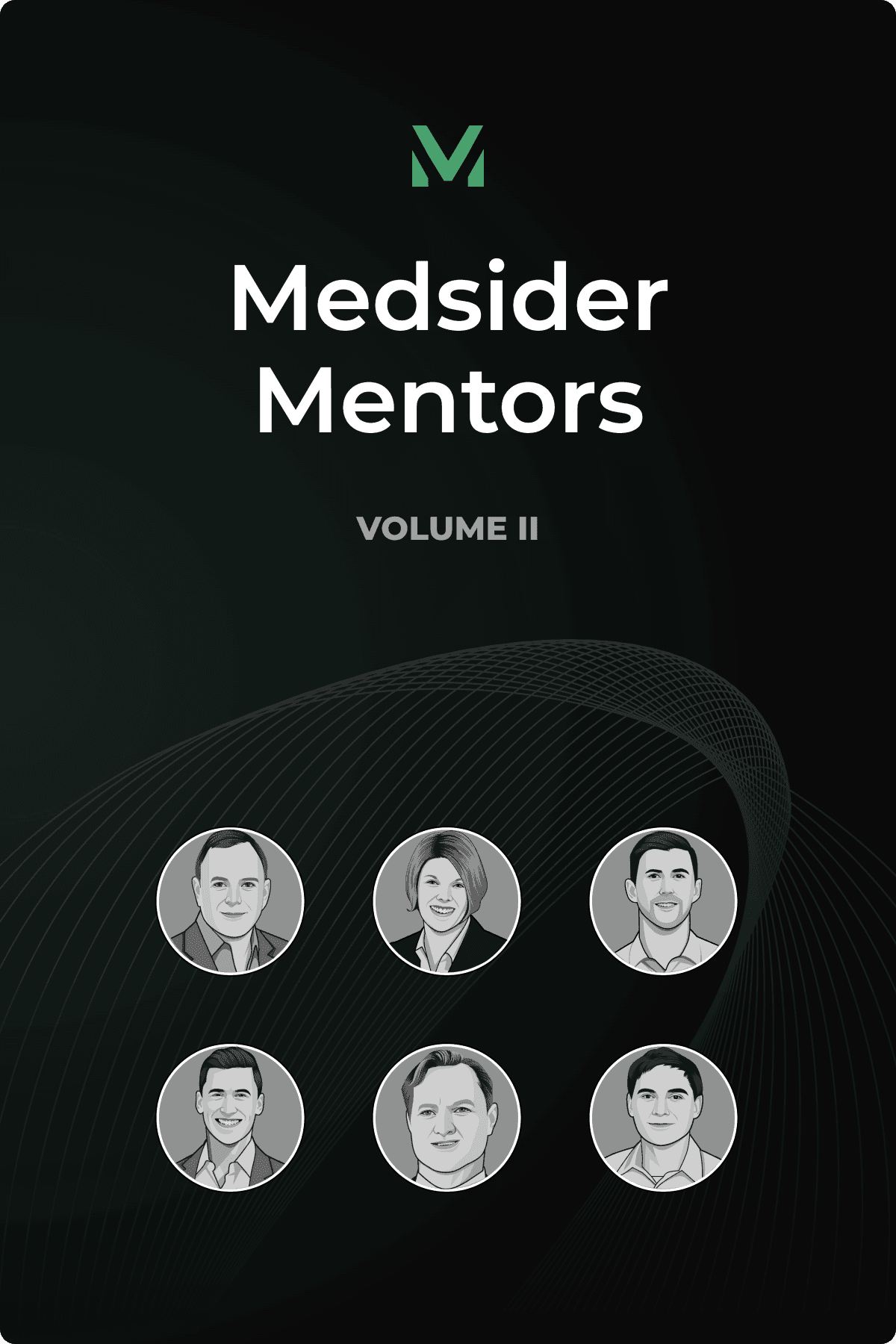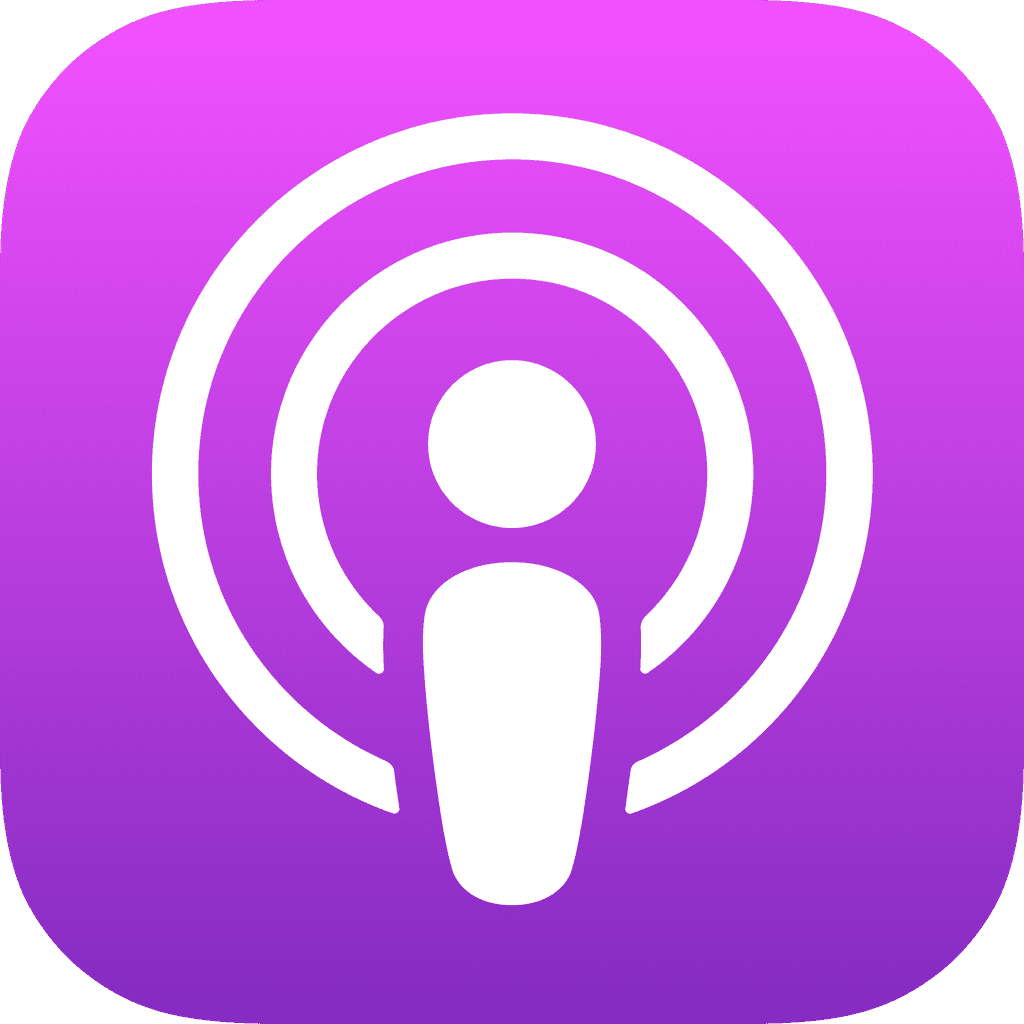Why Your 'Kitty Hawk Moment' Matters
Interview with Elucid CEO Kelly Huang

Key Learnings From Kelly's Experience
Strip your innovation down to the essentials before getting carried away with anything else. In other words, what’s the one breakthrough or functionality you absolutely need to show to prove the viability of your concept? Don’t overcomplicate it. Resist distractions, avoid unnecessary bells and whistles, and put every resource into demonstrating that your technology works.
To secure reimbursement, collaborate with physician societies and industry groups to present a unified case to payers, backed by robust clinical and economic data that shows how your product improves outcomes and reduces costs. And don’t see competitors as enemies—when you’re building a new market, collaboration often works better than going at it alone. Together, you can build a stronger case for reimbursement.
Adoption starts with trust and proof. To earn it, focus on making your technology transparent and supportive, not a replacement for physicians. Engage key opinion leaders (KOLs) who can validate your product, invest in rigorous clinical trials to back up your claims, and demonstrate clear health economics to show payers it’s worth the investment.
Kelly Huang, CEO of Elucid, is a scientist at heart. He earned a PhD in chemical engineering from Stanford. After graduating, Kelly began his career at Johnson & Johnson, where he spent 15 years. “J&J is a fantastic talent development organization that invested in me, enabling me to transition from R&D to general management,” he reflects. After J&J, Kelly served as President of HealthTronics - a former division of publicly traded Endo Pharmaceuticals and General Manager of publicly traded Obalon Therapeutics, when it was a U.S. aesthetics subsidiary of Nestlé Galderma.
“At Elucid, we’re working to eradicate preventable heart attacks and strokes,” Kelly says. Heart attacks claim 18.5 million lives annually. According to the WHO, 80 to 90% of these deaths are preventable. To address this, Elucid is developing non-invasive CT imaging analysis software based on histology. The technology, PlaqueIQ, may help identify higher risk plaques. It is the first FDA-cleared software that can quantify and classify morphology based on ground-truth histology, the gold standard for characterization of plaques. In essence, Elucid has developed CT Virtual Histology.
Here’s how it works: Patients visit their cardiologist. After an initial evaluation of symptoms, the doctor might recommend a cardiac CT scan, known as a CCTA—a non-invasive test that takes about 30 minutes. The patient lies in a CT scanner, the machine captures images of their heart, the scan is sent to Elucid where the PlaqueIQ software analyzes the scans for compositional information on atherosclerosis, or coronary plaque buildup. If the plaque is heavily calcified, the lesion may be considered stable and be less concerning to the physician. PlaqueIQ provides plaque composition detail to physicians that may enable them to make personalized therapeutic decisions for patients, based on their unique plaque composition detail and other patient-specific characteristics as determined by the physician. A physician may choose to do an additional CCTA in the future on patients with a higher risk profile so changes to the volume and composition of plaque -- and, importantly, the success of a chosen therapeutic strategy-- can be monitored.
The company has recently initiated its limited market release for PlaqueIQ after receiving FDA clearance on the software late last year. It’s also working on following up PlaqueIQ with an FFRCT product, which will help physicians identify and objectively measure the degree of stenoses or blockage, based on histology.
You May Like These Articles
Medsider Premium
Become a premium member and unlock access to exclusive Medsider benefits.



